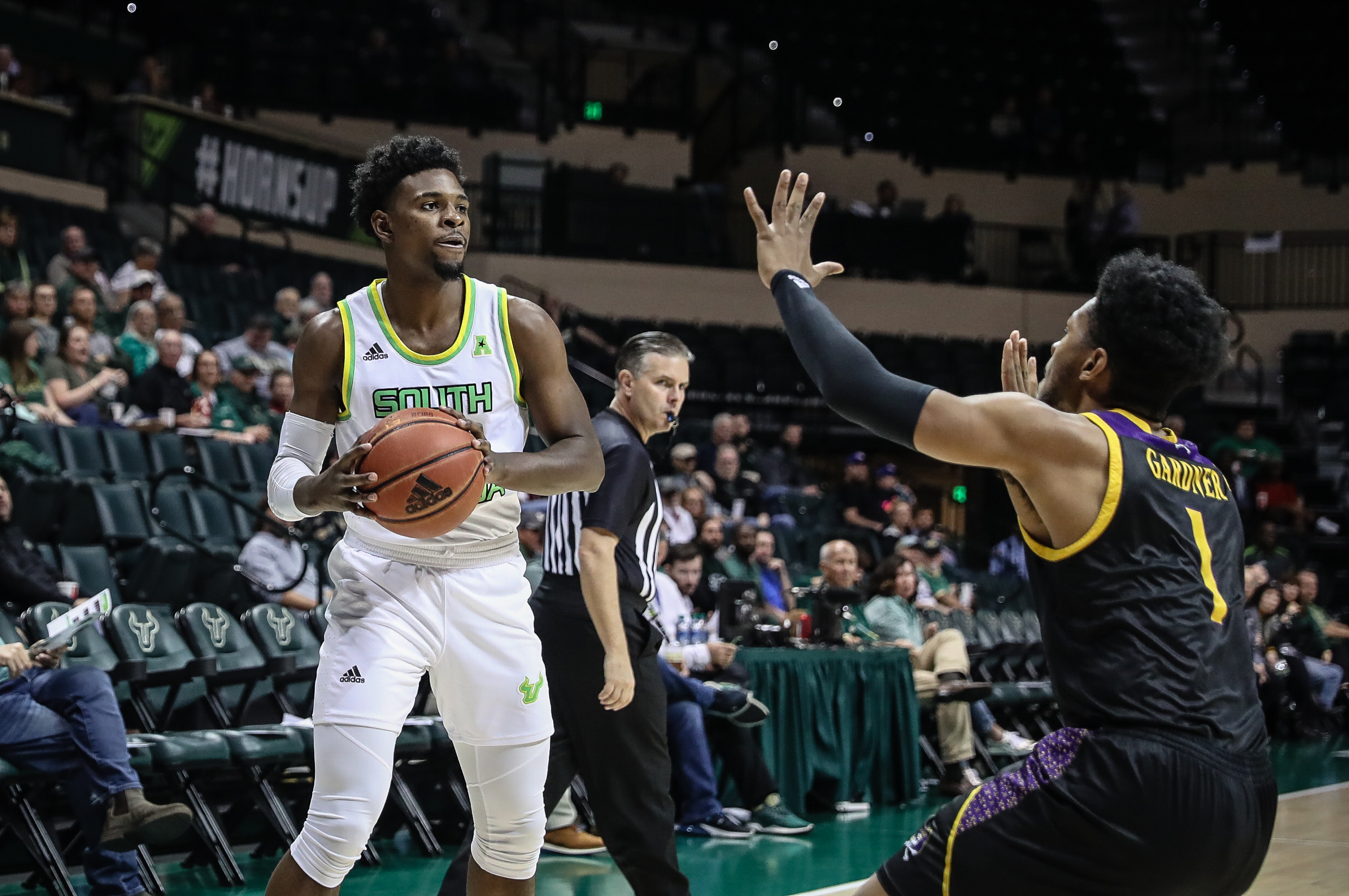The science and culture of sports rituals
USF women’s basketball guard Inga Orekhova has a typical routine when it comes to keeping clean.
“Before I step on the court, I straighten my hair, put my makeup on, spray some Victoria Secret so I smell good (and) pray,” she said.
While it is not unusual for the typical college student, the recent WNBA draftee’s routine may be peculiar to those who are not familiar with the
culture of sports rituals.
Throughout the Women’s National Invitation Tournament, she used terms like “playing angry” and “killer instinct” to describe the team’s mentality after being snubbed from the NCAA Tournament. These phrases would typically match football players who wear elaborate greasepaint on their cheeks to intimidate others.
In Orekhova’s case, she let her play and choice in perfume do the talking.
Regardless of the sport, School of Physical Education and Exercise Science Associate Professor Marcus Kilpatrick said pre-game and in-game rituals are common.
“A lot of things athletes do before a game, during a game, and different times throughout competition are trying to regulate their attention and arousal so they can put themselves physiologically and psychologically in a place where they can perform well,”
he said.
According to Kilpatrick, athletes walk a balance between controlling their excitement, or “arousal regulation,” and focus. While a high level of excitement may help some players perform better, others may need more focus to execute their task.
Softball freshman outfielder Juli Weber said she’s noticed her recently developed ritual has directly impacted
her performance.
“Kourtney (Salvarola) was having energy chews and I was like ‘give me some, maybe they are good luck,'” Weber said. “I had two, and then I had a hit.”
Since then, she now has a habit of specifically consuming two of the “lucky” orange colored fruit smoothie flavor gelatin chews. Lucky or not, she has had a hit in every game of their series against Houston.
While there is a science to pre-game and in-game rituals, other routines innocently maintain the team’s chemistry and culture.
When the softball players warms up with their batting practice jackets, senior first baseman Stephanie Medina takes a keen focus to a specific part of the practice uniform.
“There’s this zipper that is on there and when it’s up
sticking straight out I will
literally walk around to everybody and put it down,” Medina said. “It drives me nuts and I think it’s a bad superstition if the zipper is straight out.”
Senior catcher Kaitlyn Santo also takes note of the team’s jacket zippers, a routine teammates have grown to expect.
Even coach Ken Eriksen is aware of their clothes-adjusting ritual, purposely lifting his jacket zipper to capture Santo and Medina’s attention.
“Coach (Eriksen) does it sometimes just to throw us off,” Santo said. “He’ll turn his hat a little sideways and put one pant leg up. It just drives (Medina) and I crazy.”
Whether athletes have rituals to improve performance or maintain the culture as a team, the sports ritual has proven to be sacred for players – regardless of how unusual their
patterns may seem.





